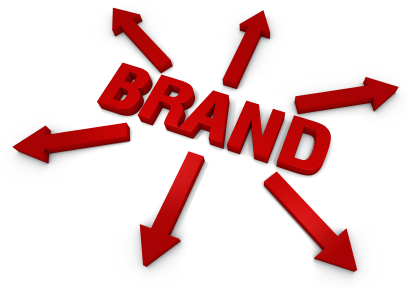Who’s Branding You?
In the marketing world advertising gurus like to throw around big words like “branding” and “positioning”. Are those only for the big corporations like Starbucks or GM? Nope. Everyone can have a brand and — as a small company – yours may even be more important than GM’s.
Very basically, branding is the public’s opinion about your company or service, be that your customers, the media, even your employees. Does it include a logo, colors, and style? Yes. But it also includes how your employees act to customers, the formality or casual style of your communications, and anything else that exposes your business to the public. And positioning is basically where you rate and compare to like- companies or services. Positioning is usually based on how you brand. Simple as that.
Now let’s look at the Motel 6 vs. The Four Seasons. Both places for lodging, both have beds, hotel employees, both offer perks and both have a pricing model that works for their business. But they have very different brands and positioning. The decorations at the lobbies are different, the employees are trained differently, and the perks (or “amenities” if you are at The Four Seasons) are different, and most definitely, the prices are different. Are either of those business models not working? No, they are both quite successful. They are both hotels businesses – do they compete? No. Why? Their brands and positioning help them to find different customers.
We all know about the branding and positioning of big companies. Take hotels, for instance. Some places are clearly set for the family with a casual style. Motel 6’s slogan is “We’ll keep the light on for you” evoking an image of your home. This helps to shape their brand.
Think of it like the survival of the fittest in the marketing world – if we all went after the same customers competition would be too fierce, so we decide who, where, and what our customers will be like, then target those people to sell our services to. If we are smart, we make sure there are plenty of target customers out there and not too many other fierce competitors in the same market. Then, we make sure we appeal to those target customers. We shape our branding, which then helps customers come to us. Our potential customers take a look at us compared to our competition and then decide who they identify with, who they trust, and who they want to make a customer- business relationship with.
So think about your own organization. What is your branding like? Which customers identify with you? Are all the messages you communicate with the public consistent? And how are you positioned compared to the communications of your competitors? Whether your brand is similar to a Motel 6 or a Four Seasons, with a bit of thought and planning, you can ensure that your brand is consistent, intentional, and clear so that you can find the right customers,


